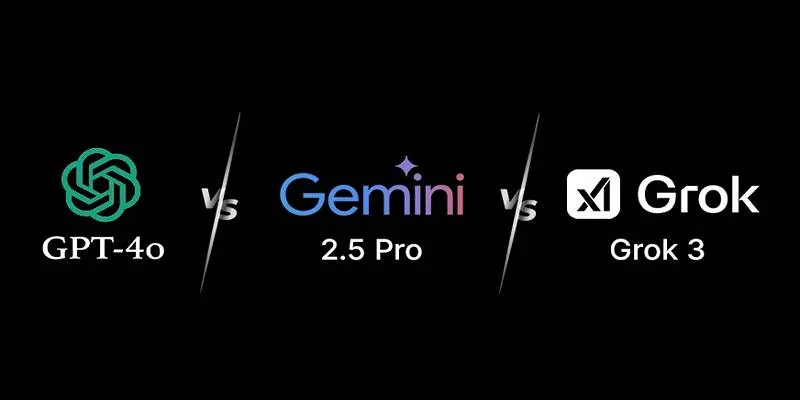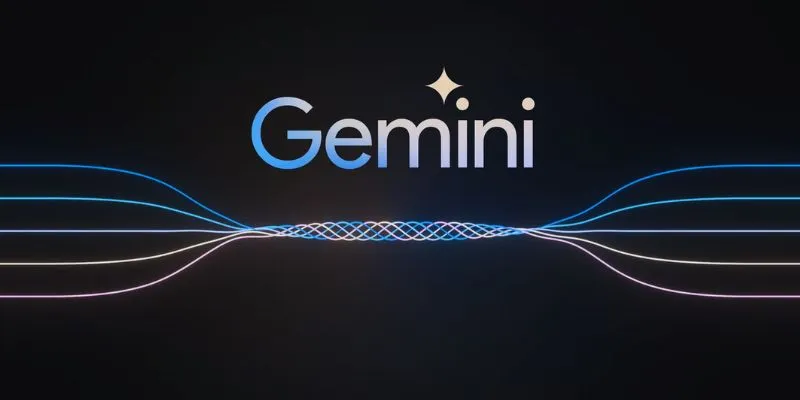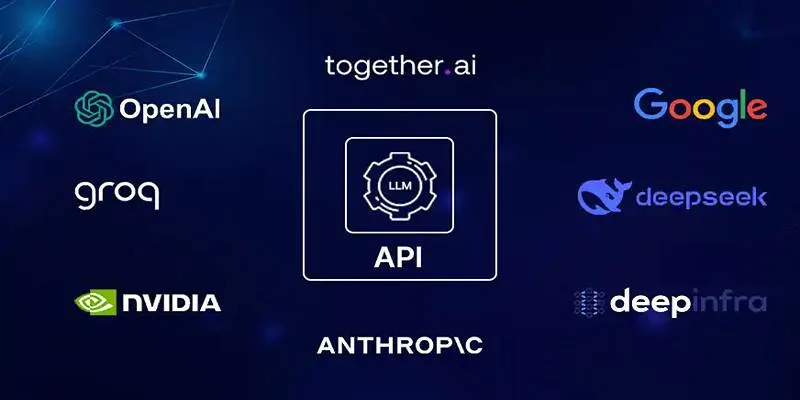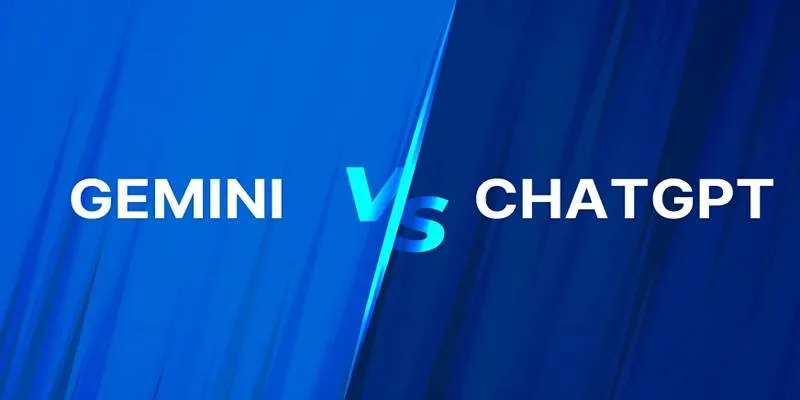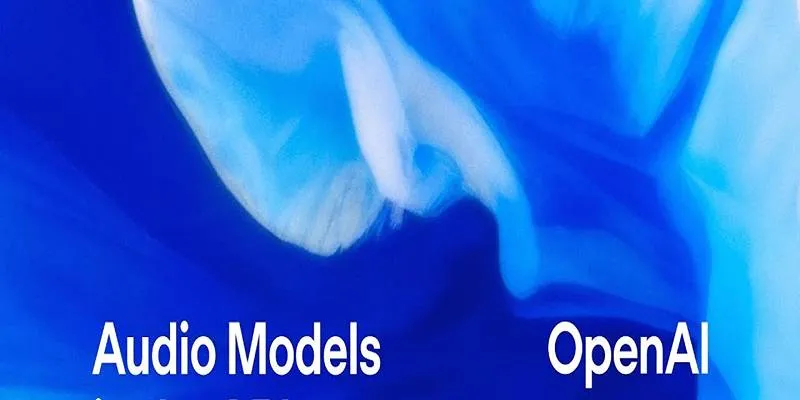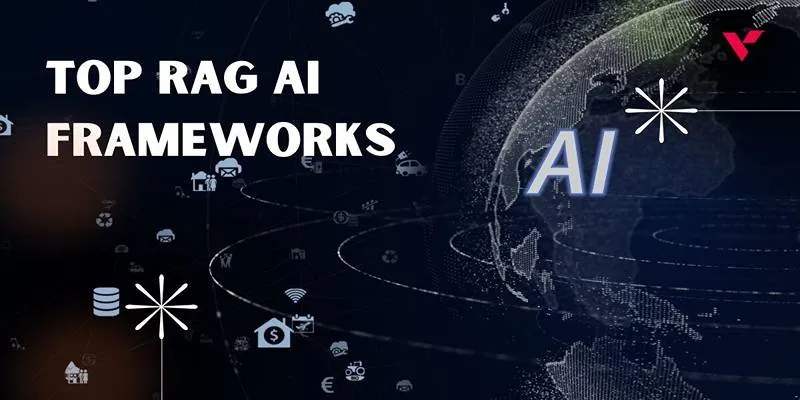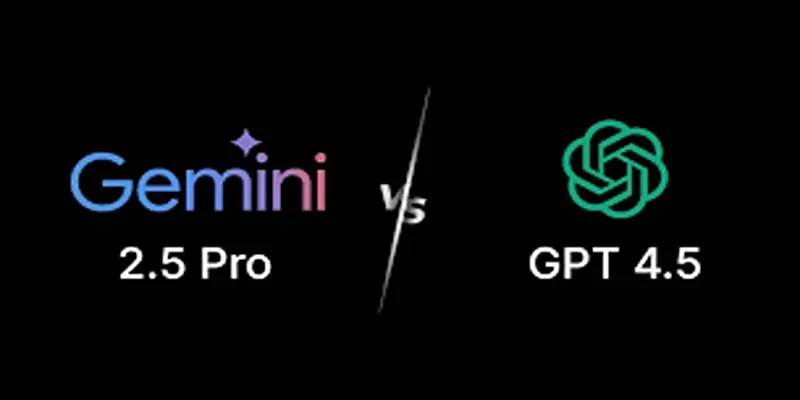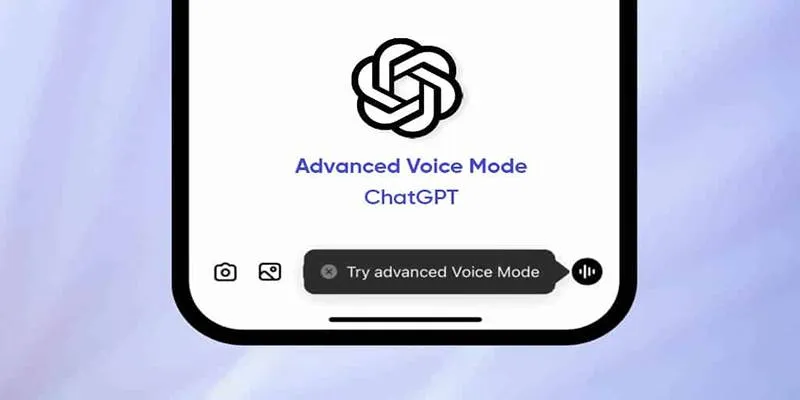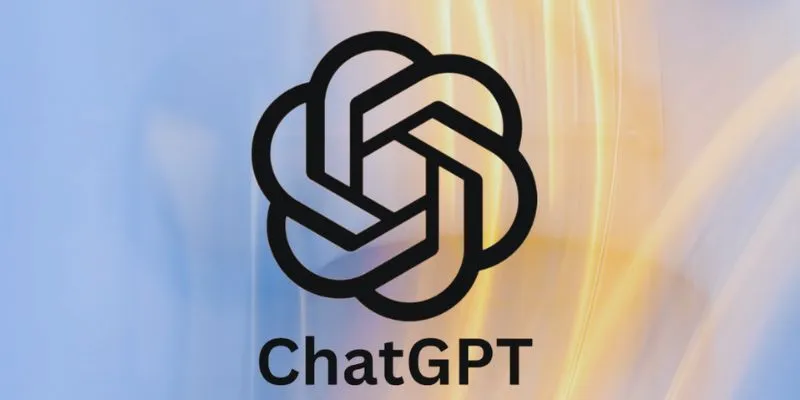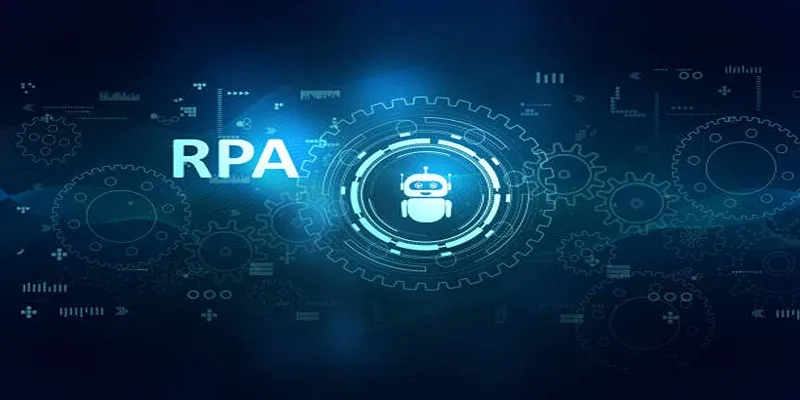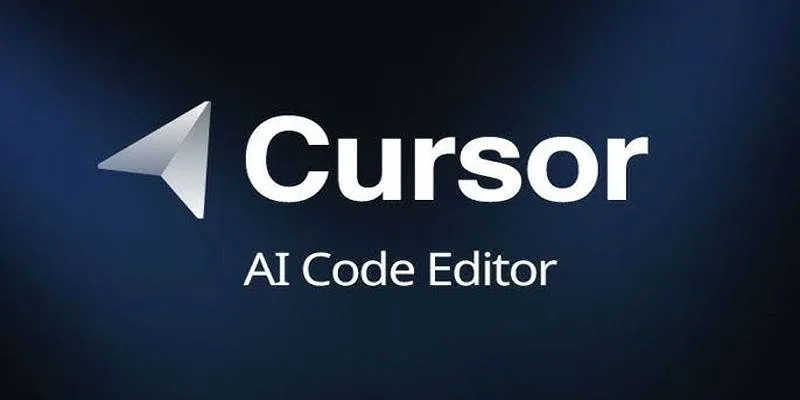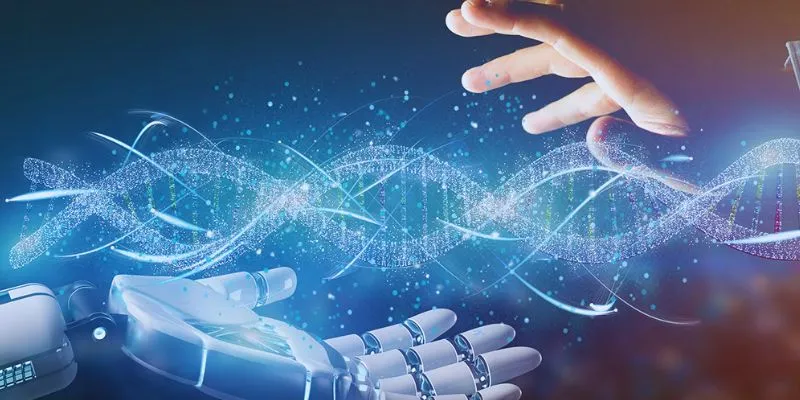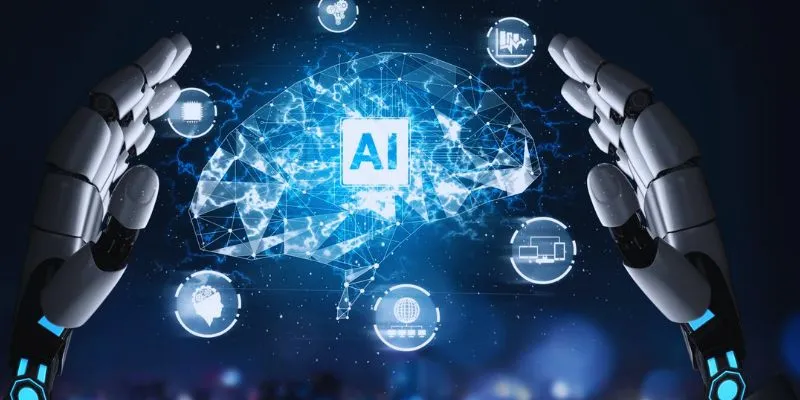The field of generative AI has evolved rapidly in recent years. In 2025, it’s more creative, more human-like, and more powerful than ever. From creating videos to designing 3D environments, AI is now helping people across industries unlock new levels of productivity and imagination.
This post explores five groundbreaking generative AI tools released or upgraded in 2025. Each of these tools introduces something new and exciting—features that make them worth trying for content creators, developers, educators, and tech enthusiasts alike.
These innovations don’t just automate tasks—they empower users to create, build, and express with greater ease and precision. Let’s take a closer look at the most exciting generative AI breakthroughs to try out this year.
1. OpenAI Voice Engine – Lifelike Speech from Text
One of the most anticipated generative AI tools of 2025 is the OpenAI Voice Engine. This powerful text-to-speech model can mimic a person’s voice using just a 15-second audio sample.
This model produces high-quality, emotionally rich speech in multiple languages. It’s being used for applications such as voiceovers, customer service bots, virtual assistants, and even audiobooks. Unlike older voice tools that sound robotic, the Voice Engine delivers a human-like experience that can express tone, pause naturally, and adapt to various emotions.
Key Highlights
- Creates natural-sounding speech with just a small voice sample
- Supports emotion control and multilingual output
- Ideal for podcasts, dubbing, and accessibility tools
- Includes watermarking and safety layers for responsible use
Companies are already piloting this tool focused on education, accessibility, and content creation. Its ability to generate an emotional, lifelike voice from a short sample sets a new standard in AI audio tools.
2. Sora by OpenAI – Realistic Video Generation from Text

Another impressive leap in generative AI comes from Sora, a video generation model by OpenAI. Sora transforms simple text prompts into visually stunning videos that include complex motion, camera angles, and real-world details. Whether it’s a city scene at night, animals running through forests, or people walking through a café, Sora can bring written ideas to life in video form.
Sora’s Game-Changing Capabilities
- Converts text prompts into realistic video scenes
- Handles visual elements like motion, lighting, and perspective
- Produces clips that are ideal for storytelling and content marketing
- Accelerates video production and creative ideation
While the model is still in controlled release, early-access users are already applying it in fields like advertising and short-form storytelling.
3. Gemini 1.5 Pro – AI with Massive Context Memory
Google’s Gemini 1.5 Pro is one of the most intelligent and versatile AI models launched in 2025. Its standout feature is its enormous context window—it can understand and respond based on over 1 million tokens, which is far more than most models on the market. This large context memory allows it to analyze entire books, long research papers, legal documents, or large code repositories all at once.
Advantages of Gemini 1.5 Pro
- Handles long-form content with better memory and context
- Supports multimodal input: text, code, images, and even audio
- High reasoning ability with fewer hallucinations
- Accessible via Google’s AI Studio and Colab
This model is transforming research workflows, technical writing, and even complex project management. Its long-context capacity ensures a deeper understanding and higher-quality responses.
4. DeepSeek-V2 – A Multitasking Model for Coders and Writers
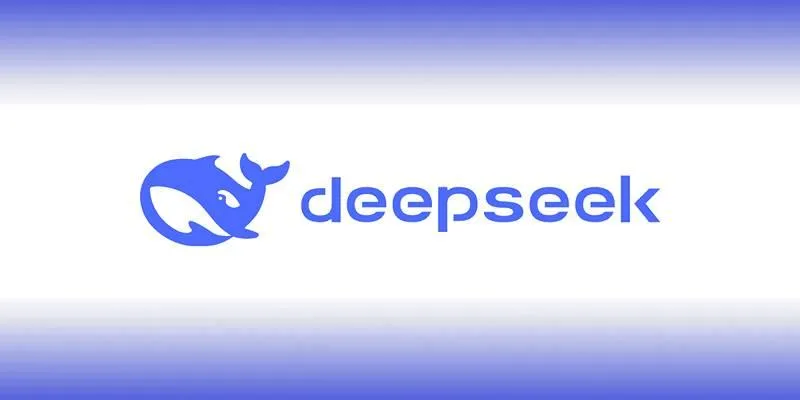
DeepSeek-V2 is a high-performance, open-source generative AI model that brings together language and code understanding in one place. Trained in both code and natural language, it can perform tasks ranging from generating clean code to solving logical problems and explaining programming concepts. The model is already gaining attention for its performance in benchmarks across reasoning, math, and coding tasks. It’s helping developers automate tasks, debug code, and build smarter software faster.
What DeepSeek-V2 Offers
- Strong performance in both natural language and programming tasks
- Supports multiple languages, including Python, JavaScript, C++, and more
- Excels in reasoning and problem-solving tasks
- Fully open source and freely available
With its dual-purpose design and public availability, DeepSeek-V2 lowers the barrier to entry for anyone learning to code or experimenting with AI development.
5. Luma Labs’ Genie – Create 3D Worlds with Just a Prompt
Designing 3D environments traditionally requires a lot of skill and time. However, Genie by Luma Labs has completely redefined the process by allowing users to generate 3D spaces using simple text prompts.
Users can now write a short description—such as “a medieval village in the forest”—and Genie will create an interactive 3D scene. It’s an incredibly useful tool for game developers, 3D artists, and anyone working in VR or AR. Genie integrates with popular tools like Unity and Unreal Engine, making it easy to use in existing game development workflows.
Key Features of Genie
- Generates 3D environments from one-line prompts
- Fast prototyping for games, simulations, and metaverse design
- Easy export and integration with game engines
- Reduces design time from weeks to minutes
With Genie, the boundary between imagination and reality in digital design is becoming thinner than ever.
Why These AI Breakthroughs Matter in 2025
These generative AI breakthroughs show just how fast the field is growing. More importantly, they demonstrate that AI is moving beyond simple tasks.
These tools are making creativity and problem-solving easier and more powerful. They’re not just for big companies anymore—freelancers, hobbyists, students, and small businesses can all benefit from using them.
Conclusion
Generative AI has matured in 2025 to a level where it can support real-world needs. The tools covered in this post are not just breakthroughs in terms of technology—they are also practical solutions for creative, professional, and technical challenges. By embracing these tools, users can work smarter, explore more ideas, and bring their visions to life with less effort. The future of creation is not only exciting—it’s more accessible than ever before. As generative AI continues to grow, these five tools stand out as game- changers that are worth exploring today.
 zfn9
zfn9
